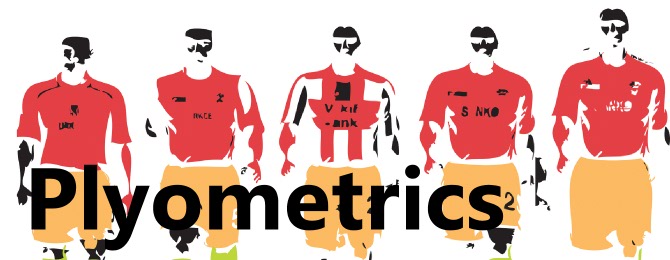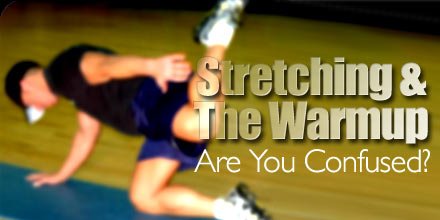Plyometrics vs. Cardio: Exercise Regimes Compared
Difference between Plyometric and Cardio
With the relatively new found popularity of plyometrics, many people have wondered whether this type of exercise provides the same benefits as cardio. As it turns out, while they may involve the use of many of the same parts of the body, they actually have a number of differences, as you will see in this comparison article.
Definition
Plyometrics or "plyos" is a set of exercises designed to increase speed and power, and enhance the function of the nervous system. This type of exercise is typically performed by athletes as a way to improve sports performance. Plyometrics involve lengthening and then contracting a particular muscle rapidly. This results in increased jumping, running, throwing and hitting ability, depending on the muscle that is exercised.
Cardio or aerobic exercise is a set of exercises intended to strengthen and improve the oxygen system. Many types of exercises actually fall into the cardio category, and should be performed at moderate intensity levels for lengthier periods.
Purpose/Benefits
The main purpose of plyometrics is to increase the speed or force by which muscles contract. This provides the strength and power needed to perform physical activities specific to certain sports. Among the athletes that would benefit from plyometrics training are soccer, rugby, and basketball players, track and field runners, players of racket sports, and parkour and martial arts practitioners.
Among the main benefits of cardio is the strengthening of muscles required for respiration. This helps improve airflow in and out of the lungs. Cardio also helps strengthen and enlarge the heart muscle, improving its ability to pump blood efficiently and reducing the person's resting heart rate. Cardio also has the additional benefit of strengthening various muscles throughout the body. Cardio also has numerous benefits with regard to reducing blood pressure, increasing the red blood cells, facilitating oxygen transport, improving mental health, reducing stress, and preventing depression and diabetes.
Procedure
Plyometric exercises typically involve an initial rapid lengthening of the muscle that is to be worked. This is followed by a very brief resting stage, after which a quick muscle shortening movement follows. This combined action causes the muscles to perform together in a specific motion.
The large number of cardio exercises makes it difficult to pinpoint a specific set of movements or procedures. However, most cardio exercises are performed at moderate intensity levels over long periods. This is best illustrated with running, in which a moderately paced long distance run conforms to the criteria of cardio exercise, while a sprint does not. Singles tennis may also qualify as a cardio exercise, since the players are almost constantly in motion. In contrast, doubles tennis–in which players do not move as much–does not fall under the category of cardio exercise.
Similarities and Differences
Plyometrics
- A set of exercises designed to increase speed and power
- Is typically performed by athletes as a way to improve sports performance
Cardiovascular
- A set of exercises intended to strengthen and improve the oxygen system
- Performed at moderate intensity levels for lengthier periods




















